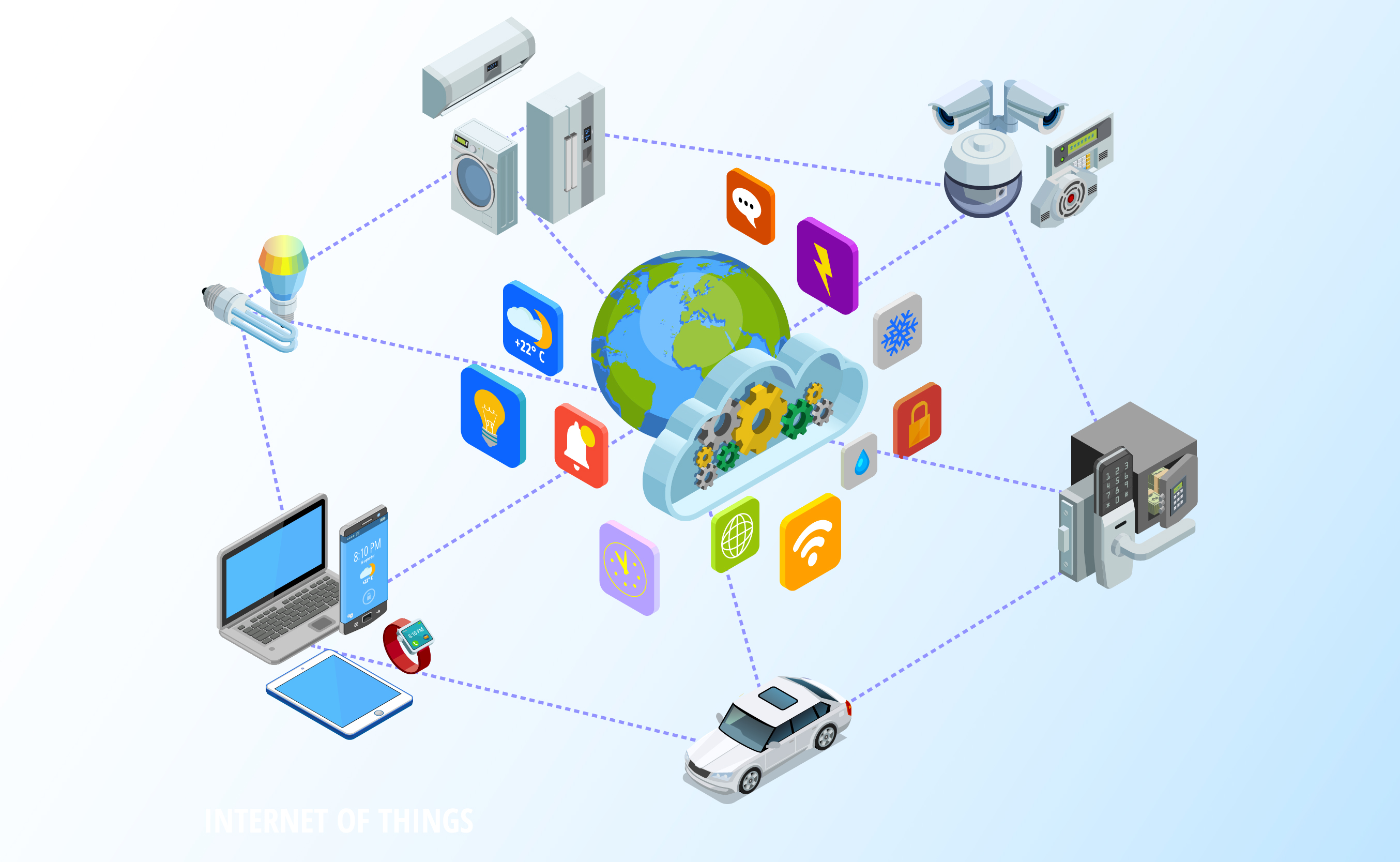Deciding on the best Platform with regard to Remote IoT Access
In today's interconnected world, the Internet of Things (IoT) plays a substantial role in shaping industries, homes, and cities. With an array of devices communicating data in real-time, having a reliable platform for remote IoT access is crucial remote access iot. Whether you're managing smart homes, industrial systems, or smart cities, selecting the best platform ensures as you are able to monitor, manage, and control your devices securely and efficiently.

Key Factors to Consider
Choosing the right platform for remote IoT access involves understanding several key factors. Here's helpful tips to help you make an informed decision:
1. Security
One of the very critical aspects of any IoT platform is security. Since IoT devices are generally connected to a network and constantly exchange data, they are potential targets for cyberattacks. Look for platforms offering end-to-end encryption, multi-factor authentication, and secure communication protocols such as for instance MQTT, HTTPS, or CoAP.
Ensure the platform complies with industry standards and offers regular software updates to patch vulnerabilities. Secure data storage and strong access controls will also be required for preventing unauthorized usage of your IoT network.
2. Scalability
IoT networks can grow exponentially, especially in industrial and commercial settings. A scalable IoT platform should have the ability to handle an increasing number of devices without affecting performance. Whether you're managing a few devices or thousands, the platform must scale effortlessly and offer tools to control large fleets of IoT devices effectively.
3. Real-Time Data and Analytics
A vital feature of IoT platforms is real-time data monitoring. An excellent platform should allow you to view device data instantly and provide analytical tools to achieve insights from the data. These insights help in proactive decision-making, predicting maintenance needs, and optimizing operational efficiency. Some platforms also offer AI-driven analytics to take predictive maintenance and device performance optimization a step further.
4. Device Compatibility
The diversity of IoT devices can present challenging when selecting a platform. Ensure the platform supports a wide variety of devices, operating systems, and communication protocols. Some platforms might require additional custom integrations for specific devices, while others provide plug-and-play support for popular IoT hardware.
5. Ease of Integration
Your chosen platform should integrate seamlessly with existing infrastructure. For enterprises, this implies compatibility with enterprise resource planning (ERP), customer relationship management (CRM), and other IT systems. Look for platforms with open APIs and SDKs that allow easy integration with third-party software and applications.
6. Cloud vs. On-Premise Solutions
IoT platforms can be cloud-based, on-premise, or perhaps a hybrid of both. Cloud-based platforms offer flexibility, accessibility, and scalability, as you can manage your devices from anywhere. However, on-premise solutions may be preferable in industries where data sovereignty and control are paramount, such as for instance healthcare or government sectors. Hybrid solutions allow you to enjoy the most effective of both worlds by leveraging cloud resources while keeping sensitive data on-premise.
7. Connectivity Options
Different IoT platforms offer varying quantities of connectivity options. Depending on your own application, you may require cellular, Wi-Fi, Bluetooth, or LPWAN (Low Power Wide Area Network) connectivity. Some platforms provide a mix of these, letting you select the most effective communication method for the specific use case.
8. Cost and Pricing Models
The pricing model of the IoT platform is an important consideration. Some platforms charge based on the number of connected devices, while others might have fees associated with data usage, analytics features, or storage capacity. Make sure to choose a platform that aligns with your allowance and operational needs, while also thinking about the potential costs of scaling as your IoT network grows.
Top IoT Platforms for Remote Access
Here are a few popular IoT platforms that meet the above criteria:
AWS IoT Core: A scalable platform that integrates seamlessly with other AWS services. It gives secure device management, real-time data analytics, and broad device support.
Microsoft Azure IoT Hub: Offers device management, secure communications, and integrations with Azure cloud services. It's a fantastic choice for businesses that already use Microsoft products.
Google Cloud IoT: Known for its real-time data processing capabilities, it provides strong analytics features and integrates with Google's cloud ecosystem.
IBM Watson IoT: Focuses on AI-driven analytics and is noted for its scalability and security. It's a solid choice for enterprises requiring robust data insights.
Siemens MindSphere: Tailored for industrial IoT applications, this platform excels in managing large-scale industrial operations.
Conclusion
Selecting the best platform for remote IoT access is pivotal to the success of your IoT project. By concentrating on security, scalability, device compatibility, and simple integration, you can ensure smooth and efficient management of your IoT devices. Keep your specific needs in your mind, whether they pertain to real-time analytics, connectivity options, or cost, and choose a platform that'll grow with your IoT network and support your long-term goals.
© 2025 Created by Jeremiah MARSHALL Founder/ C CEO.
Powered by
![]()
You need to be a member of Wee Battle .com to add comments!
Join Wee Battle .com